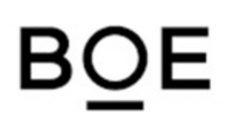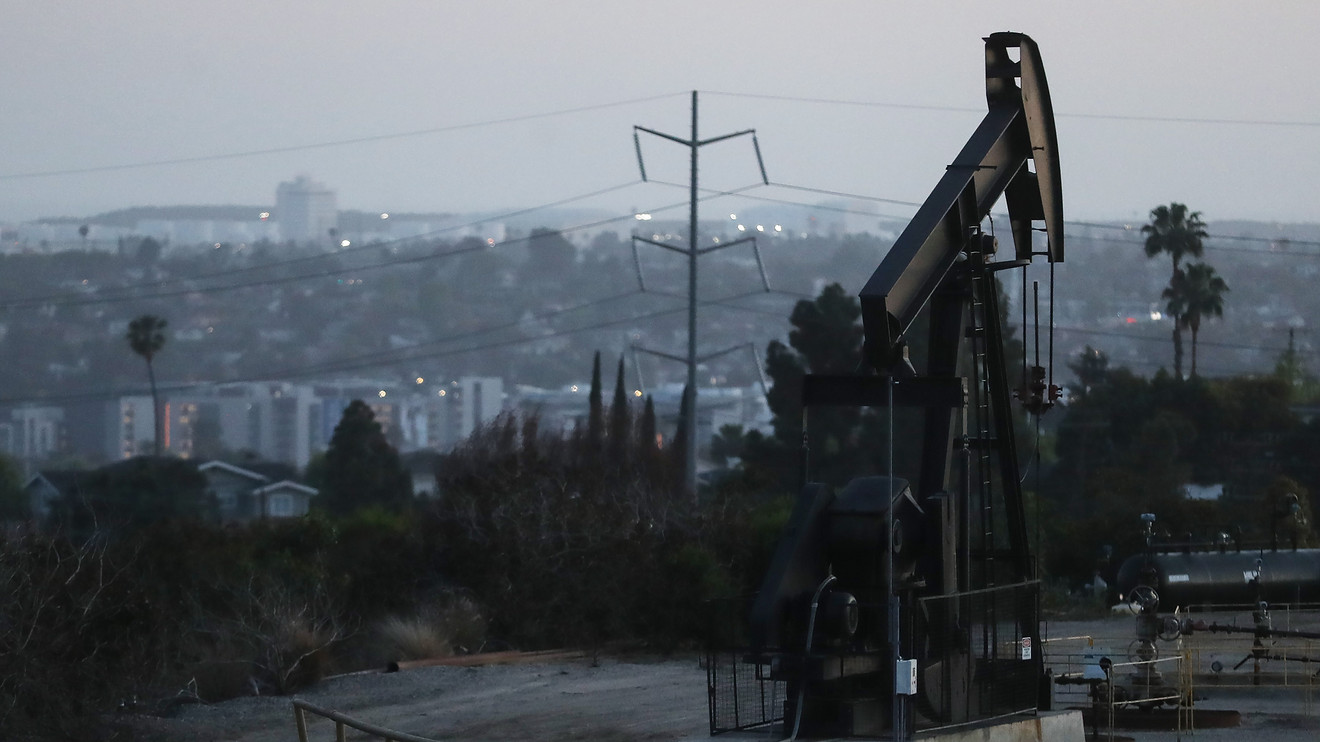Oil futures rose Friday, with the U.S. benchmark on track for a weekly gain as investors turn their attention toward production cuts by major oil producers and demand shows early signs of recovery with business lockdowns globally beginning to be lifted.
“The market focus is increasingly shifting to supply as many OPEC+ members meet or exceed their targets,” said Jason Gammel, analyst at Jefferies, in a note.
Saudi Arabia will cut an extra 1 million barrels a day in June, with the United Arab Emirates and Kuwait also contributing more than their targets, and Russian production is nearing its target as well, he said.
Gammel said the deepest OPEC+ cuts “extend only through June, but the group could agree an extension when they meet on June 10.
Read: OPEC+ will look at ‘all options’ when it meets in June: Barkindo
West Texas Intermediate crude for June delivery
CLM20,
rose $1.76, or 6.4%, to $29.32 barrel on the New York Mercantile Exchange. Prices based on the front-month contract, which expires at the end of Tuesday’s trading, are poised for a weekly gain of more than 18%. July WTI crude
CLN20,
the most active contract, was up %1.40, or 5%, at $29.28.
July Brent crude
BRNN20,
was up $1.26, or 4.1%, at $32.39 a barrel on ICE Futures Europe, on track for nearly 5% weekly rise.
Read:Signs of a rebound in gasoline demand hint at higher oil prices
Declines in U.S. production have also helped to support prices for oil. In a monthly oil report released Thursday, the International Energy Agency said the U.S. would be the key driver of a “spectacular” 12 million-barrel-a-day fall in global oil supply in May to 88 million barrels a day, to hit a nine-year low.
“The U.S. rig count has collapsed and, at the current cadence, we estimate U.S. production will be down 2.5 million barrels a day exit to exit in 2020,” Gammel wrote.
Data from Baker Hughes
BKR,
on Friday showed that the number of active U.S. rigs drilling for oil dropped by 34 to 258 this week. The oil-rig count has now fallen for nine weeks in a row, implying upcoming declines in domestic crude output.
Balint Balazs, commodity analyst at Schneider Electric, said “gradual improvement in the demand outlook is also contributing to a tightening market balance, as easing restrictions across the globe increase mobility and fuel consumption.”
He said in a daily note that the “IEA’s yearly demand change outlook for 2020 has been revised slightly higher as a result,” with a forecasted fall of 8.6 million barrels a day, instead of a decline of 9.3 million barrels a day.
However, “despite the current rebound in demand, the trajectory remains highly uncertain and subject to change if a potential second wave of infections prompts new lockdowns,” said Balazs.
Meanwhile, a fall in U.S. crude inventories reported earlier this week, including a drop in stocks at the Nymex futures contract delivery hub in Cushing, Oklahoma, have helped ease worries of another plunge into negative price territory as the June contract nears expiration, analysts said. A lack of storage was blamed for a plunge by the now-defunct May contract into negative territory on the eve of its expiration last month.
Back on Nymex, June gasoline
RBM20,
tacked on 4.9% to 95.90 cents a gallon, trading nearly 1% higher for the week, while June heating oil
HOM20,
added 3.6% to 92.66 cents a gallon, on track for a weekly rise of 3%.
June natural gas
NGM20,
fell by 0.7% to $1.669 per million British thermal units, and was down more than 8% for the week.

















